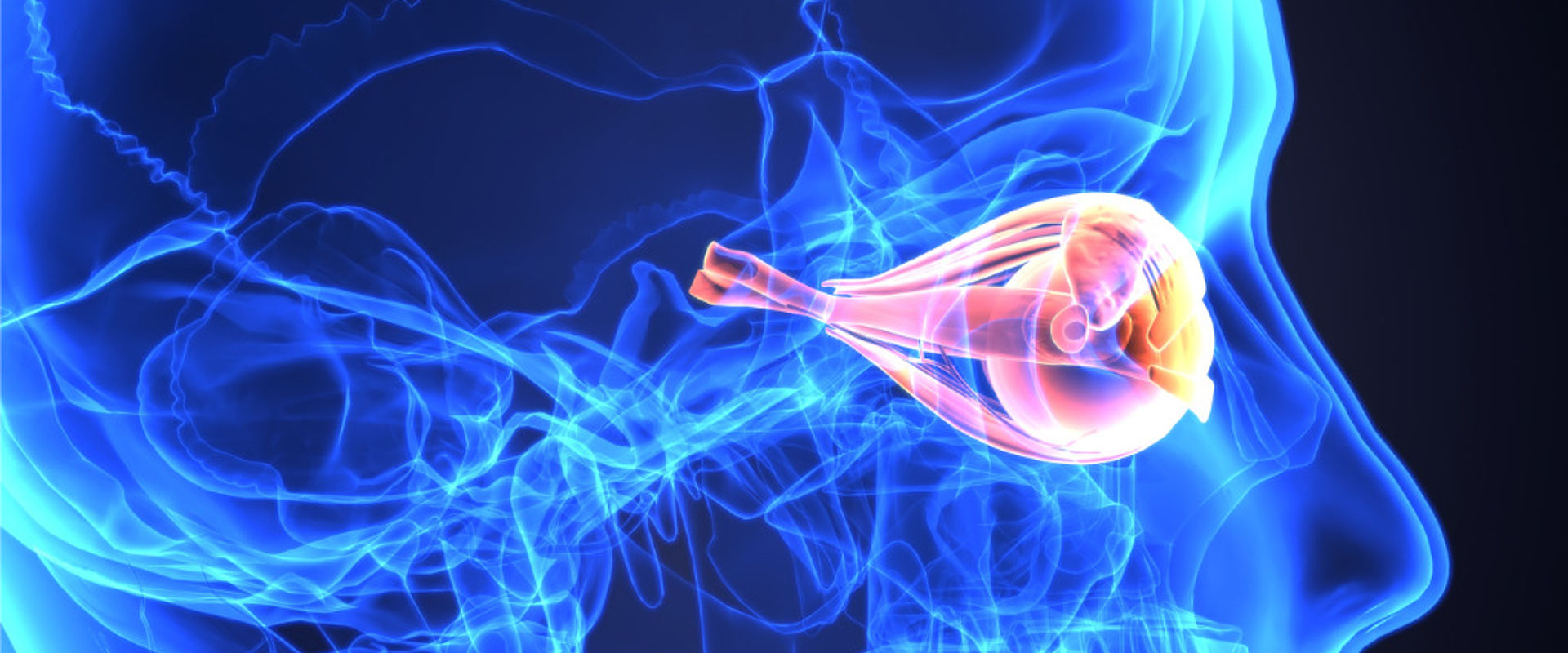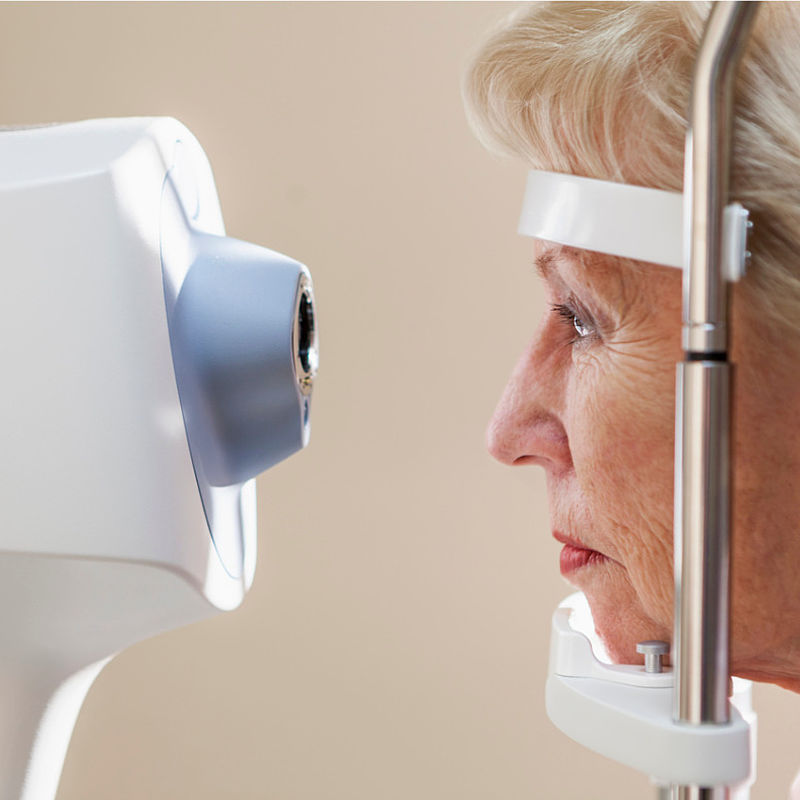
A new European centre in the fight against glaucoma
Challenge
The World Health Organization has named glaucoma as the leading cause of irreversible vision loss, responsible for 37.5 % of blindness world-wide. Glaucoma is a chronic disease, and its rate of incidence and progression increases with age. It has been estimated around 112 million patients will be suffering from this disease by 2040.
In its early stages the disease has no symptoms and can only be detected by an increase in intra-ocular pressure (IOP), the pressure inside the eye caused by fluid build-up. IOP is the only treatable risk factor for the disease thus it is essential that medical instruments that measure IOP are metrologically validated to ensure the correct diagnosis and treatment. This includes instruments such as eye tonometers that use contact or noncontact methods, such as a puff of air, to measure this pressure.
However, at the start of 2017, PTB, Germany’s National Metrology Institute (NMI), was the only institute in Europe with state-ofthe-art measurement capabilities in IOP metrology. This included the calibrations required to ensure traceability for standard tonometers as well as the research experience needed to adapt to the demands of new technological developments.
If unaddressed, screening for ocular hypertension would fall short and many more European citizens would face the potential of incurable vision loss.
Solution
The EMPIR research potential project inTense brought together European metrology and ophthalmology experts to develop a new centre for IoP metrology. This included the NMIs of Austria (BEV), Czech Republic (ČMI), Germany (PTB), Poland (GUM), Slovakia (SMÚ) and Turkey (TÜBİTAK UME). These were joined by academic partners Palacký University in Olomouc (UPOL) and Slovak Technical University in Bratislava (STU).
Working together the consortium extended the capabilities of a centre founded in 2007 at CMI. Experts at PTB transferred knowledge to CMI staff during four advanced training sessions covering traceability of impression and applanation tonometers, the complex traceability of non-contact tonometers, legislative and regulatory aspects, and modern tonometers such as rebound and contour tonometers. Following this the new centre passed external audits in November 2018 (methods and staff ) and in March 2020 (quality system).
In addition, project research identified factors that significantly influence IOP measurements for widely used eye-tonometers. It was found that IOP readings are mostly affected by corneal thickness and biometrical properties such as hysteresis and corneal rigidity.
The effect of non-standard measurement conditions and shortterm physiological stress was also examined, revealing that such factors affect the IOP values immediately before measurements and can significantly distort the results. Clinical studies were also performed focusing on the influence of hypoxia as well as head and body position on IOP values.
Impact
The now established IOP centre provides metrologically validated services such as calibrations, performing around 500 of these a year.
With a concentration of instrumentation and know-how for IOP metrology more extensive than anywhere else in the EU, EFTA or CEFTA regions, clients are drawn not only from Europe but also countries such as Israel, Japan, and South Korea.
The centre also offers training, comparisons, type approvals and verifications in IOP and can address emerging ophthalmological challenges, including new instruments such as transpalpebral tonometers, designed to allow patients to self-monitor IOP at home.
Through the work of the project the IOP centre at CMI will enable a more uniform approach to IOP metrology throughout Europe, and not only save the vision of hundreds of European citizens but also help reduce the economic and societal costs of glaucoma.
- Category
- EMPIR,
- Health,
